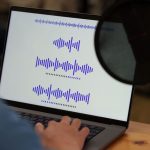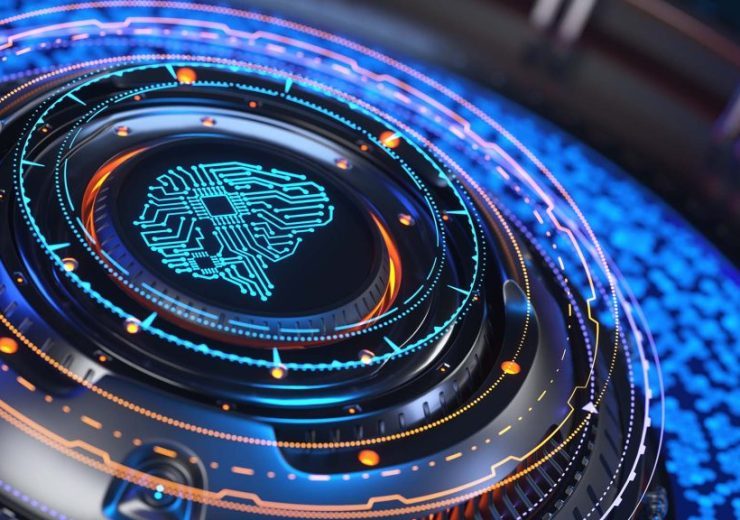Unmasking the Era of Deepfakes: Navigating the Complexities of Digital Authenticity


In an age where reality and fiction blur seamlessly, the rise of deepfakes represents a pivotal moment in the evolution of artificial intelligence (AI) and digital content creation. From viral videos to political propaganda, the ability of AI to generate hyper-realistic content has ushered in a new era fraught with both challenges and opportunities. Welcome to the era of deepfakes, where the boundaries of truth and authenticity are continually tested.
Understanding Deepfakes: The Art of Synthetic Realism
The Genesis of Deepfakes
Deepfakes, a portmanteau of “deep learning” and “fake,” refer to AI-generated content that convincingly alters or replaces existing imagery or video footage. Powered by sophisticated algorithms and neural networks, deepfake technology can seamlessly blend and manipulate facial expressions, voices, and gestures, creating eerily realistic simulations of human behavior.
The Technology Behind Deepfakes
At the heart of deepfake technology lies deep learning algorithms, particularly Generative Adversarial Networks (GANs). GANs consist of two neural networks—the generator and the discriminator—that compete against each other to produce increasingly realistic outputs. Through iterative training, these networks learn to generate synthetic content that closely mirrors real-life data, leading to the creation of hyper-realistic deepfakes.
The Dual Nature of Deepfakes: Challenges and Opportunities
Challenges to Digital Authenticity
- Misinformation and Manipulation: Deepfakes have the potential to deceive audiences by fabricating events, statements, or actions attributed to individuals or entities.
- Privacy Concerns: The ease with which deepfakes can be created raises significant privacy concerns, as individuals’ likeness can be exploited without their consent for malicious purposes.
- Undermining Trust: The proliferation of deepfakes erodes trust in digital media, amplifying skepticism and fueling uncertainty about the authenticity of online content.
Opportunities for Innovation
- Creative Expression: Deepfake technology unlocks new avenues for creative expression, enabling artists and filmmakers to explore innovative storytelling techniques and visual effects.
- Enhanced Accessibility: Deepfakes can facilitate language translation, dubbing, and accessibility features in media content, improving the inclusivity of digital platforms.
- Digital Forensics: Counterfeit detection and forensic analysis benefit from deepfake detection algorithms, empowering researchers and authorities to identify and mitigate the spread of deceptive content.
Navigating the Ethical Landscape: Toward Responsible AI Use
Safeguarding Digital Integrity
- Education and Awareness: Promoting media literacy and critical thinking skills equips individuals with the tools to discern between authentic and manipulated content.
- Regulatory Frameworks: Implementing robust regulations and guidelines for the ethical use of AI technologies helps mitigate the risks associated with deepfakes and safeguard digital integrity.
- Collaborative Efforts: Fostering collaboration between technology companies, policymakers, and civil society stakeholders fosters collective responsibility in addressing the challenges posed by deepfakes.
Conclusion: Striking a Balance
The era of deepfakes heralds a paradigm shift in our perception of reality and authenticity. While the proliferation of AI-generated content presents formidable challenges to digital integrity, it also offers boundless opportunities for innovation and creative expression. As we navigate this complex landscape, it is imperative to strike a balance between leveraging the transformative potential of deepfake technology and safeguarding against its detrimental impacts on society.
#Deepfakes #DigitalEthics #AI #Technology #DigitalAuthenticity #EthicalAI #Innovation #MediaLiteracy



